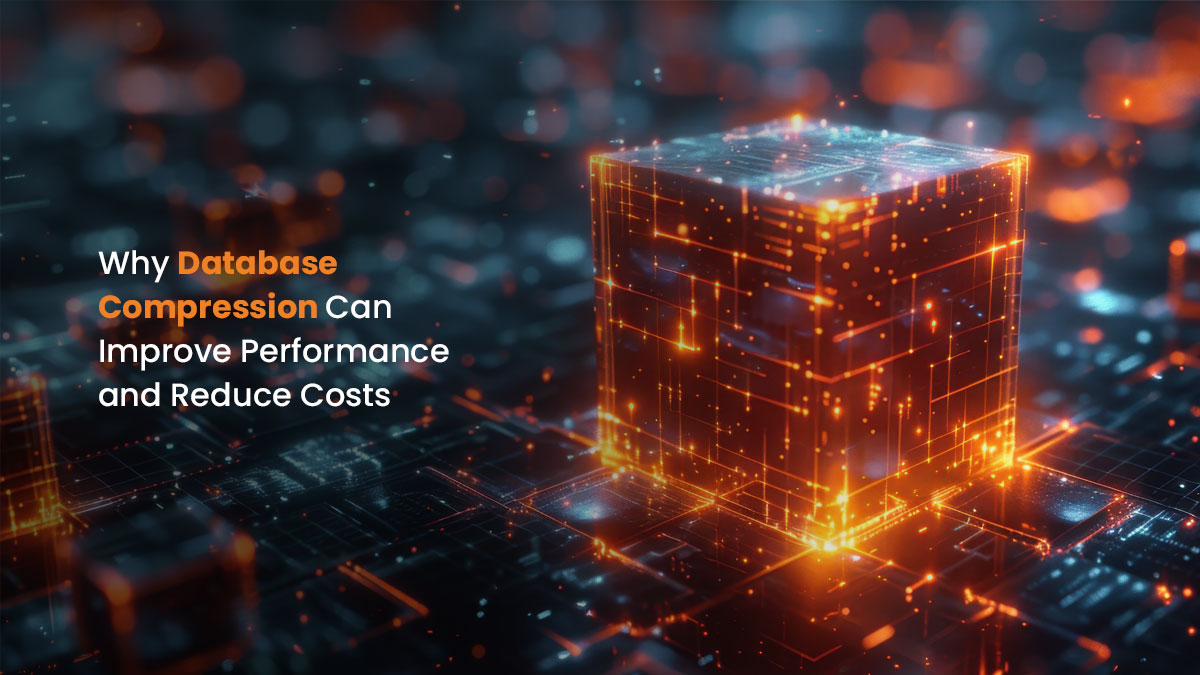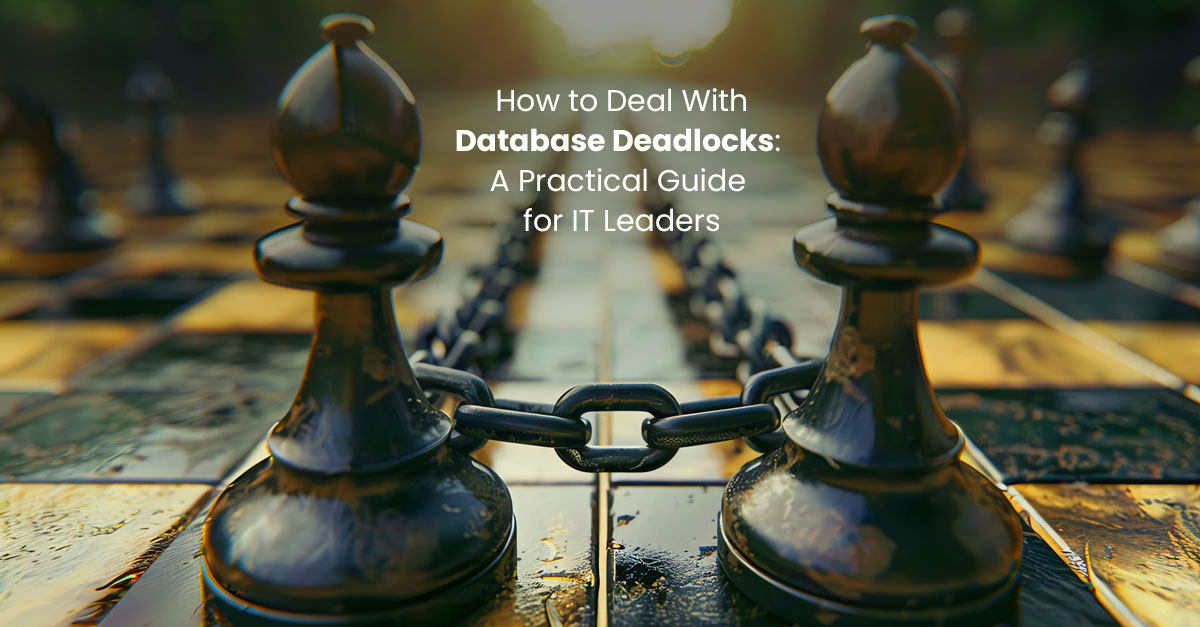The Modern DBA: Evolving to Stay Relevant
When I started in IT over 30 years ago, being a DBA was a very different job. You were the person creating tables and other database objects, designing schemas, writing stored procedures, keeping backups reliable, and watching disk space like a hawk. Also, you stayed up late managing batch jobs and tuned queries when performance dipped, usually by tracking down a blocking session or rethinking an index strategy. You were involved early in projects, but much of your ongoing work flew under the radar. Unless something broke or slowed down, few people thought about the database layer.
Fast forward to today, and the DBA role has evolved into something far more strategic and far more integrated.
Modern DBAs aren’t just keeping databases healthy. They are enabling business decisions through reliable, high-performing, and secure data systems. And also ensuring scalability in cloud environments, optimizing infrastructure costs, enforcing access policies, and partnering with analytics and development teams to deliver trustworthy data.
They’re no longer working in isolation. They’re embedded in the broader data strategy and becoming one of the most indispensable roles in any organization that relies on data to move fast, stay secure, and scale smart.
Here’s what’s changed and how IT leaders and DBAs alike can embrace the shift.
The modern DBA is more connected, more strategic
Foundational DBA skills like backup, restore, indexing, and query tuning are still critical. But they’re no longer the full definition of the role.
Today’s DBA is expected to work across departments. They’re helping BI teams build data models that perform. They’re reviewing application architecture to ensure scalability. They’re contributing to cloud strategy discussions and helping IT leaders control costs. They’re ensuring that sensitive data is protected, audited, and governed properly.
At Nova DBA, we’ve seen this shift firsthand. More and more, our clients are asking us to help not just solve technical issues but guide decision-making around data infrastructure. DBAs are becoming the bridge between raw data and business outcomes.
What’s driving the shift
A few forces are accelerating the evolution of the DBA:
Hybrid and cloud-first environments. Cloud infrastructure introduces new cost models, performance characteristics, and availability considerations. DBAs now need to understand how services are deployed, what impacts billing, and how to tune cloud-native databases.
Demand for analytics. Dashboards, self-service BI, and AI initiatives all rely on a clean, well-structured, performant data layer. DBAs are essential in enabling those platforms to succeed.
Security and compliance. Data privacy regulations continue to grow in complexity. The DBA is often the person managing access control, tracking data lineage, and supporting audit readiness.
Cross-functional expectations. DevOps, BI, and cloud teams increasingly depend on the DBA to ensure that data flows smoothly and systems perform predictably across environments.
It’s no longer enough to specialize in just one area. The modern DBA adds value by seeing the whole picture and knowing how to influence it.
Common challenges during the transition
Like any evolving role, this shift doesn’t come without friction.
Expanding responsibility without added support is a real issue. Many DBAs find themselves pulled into more conversations and more projects without a corresponding increase in bandwidth or resources.
Business expectations are rising. Executives want insights faster, cloud spend lower, and environments more secure. All at once. DBAs often become the linchpin, expected to connect it all, even when systems aren’t designed that way.
Skills gaps are another challenge. Not every DBA has had the opportunity to explore cloud, scripting, data governance, or performance engineering at scale. But those skills are becoming essential.
This is where leadership plays a pivotal role.
How IT leaders can support the transition
DBAs don’t need you to reinvent their role, they need you to help elevate it.
Here are a few ways to do that:
- Involve them early. DBAs bring valuable insight into system performance, data structure, and long-term sustainability. Loop them in during planning, not just when things go sideways.
- Provide business context. Help DBAs understand the “why” behind initiatives. Knowing how their work supports a revenue goal, compliance need, or customer experience priority makes a huge difference.
- Foster cross-team collaboration. Make space for regular syncs between DBAs, BI developers, DevOps engineers, and architects. It improves systems and breaks down silos.
- Invest in their growth. Cloud certifications, sandbox environments, time for experimentation—it all builds capacity and confidence. The pace of change isn’t slowing down, and your team needs the tools to keep up.
- Know when to bring in help. If your team is at capacity or facing a shift in infrastructure, service partners can step in to handle tactical work or support strategic transformation, giving your DBAs space to focus on what matters most.
For the modern DBA: how to stay relevant and grow
- If you’re a DBA navigating this evolution, a few things can help you thrive:
- Stay curious. Explore the new tools, try out cloud-native features, and pay attention to how your systems are used downstream by analytics and reporting teams.
- Get closer to the business. Don’t wait to be pulled in. Ask questions. Learn how decisions are made. Align your work with the value the business needs to deliver.
- Own your influence. DBAs who understand infrastructure, security, and business impact are rare—and extremely valuable. Use that mix to become a trusted advisor.
- Keep learning. Whether it’s scripting, cost optimization, or data governance, each new skill strengthens your ability to contribute meaningfully across teams.
The role is more critical than ever
In a world where organizations rely on data to drive strategy, deliver service, and stay competitive, the DBA is foundational.
They’re the ones ensuring data is accurate, secure, fast, and available when and where it’s needed. They’re enabling decision-making, powering analytics, and safeguarding performance in environments that change daily.
This isn’t a shrinking role. It’s a growing one.
The more sophisticated a company’s data strategy becomes, the more essential the DBA becomes to making it all work.
Some call them Database Engineers, Data Platform Leads, Cloud Architects, or Reliability Specialists. The titles may change, but the responsibility and the value does not.
The modern DBA isn’t behind the scenes anymore. They’re at the center of every data-driven initiative that matters.
What changes are you seeing in your team? How is your DBA function evolving? I’d love to hear how others are tackling this shift—drop a comment or message to compare notes.
More articles that might interest you

Why Database Compression Can Improve Performance and Reduce Costs
How data compression works and when to implement it We’ve watched storage bills climb, and query times drag as data… Read More
Authentication and Authorization: Critical Layers of Access Security
Protecting digital assets begins with securing access to them. But access control is not a one-time configuration. It is a… Read More
